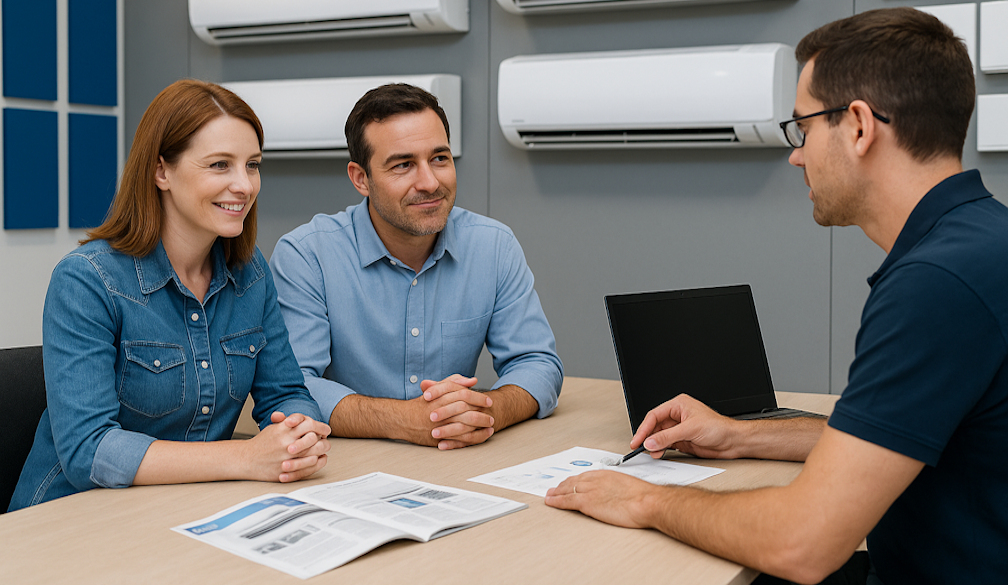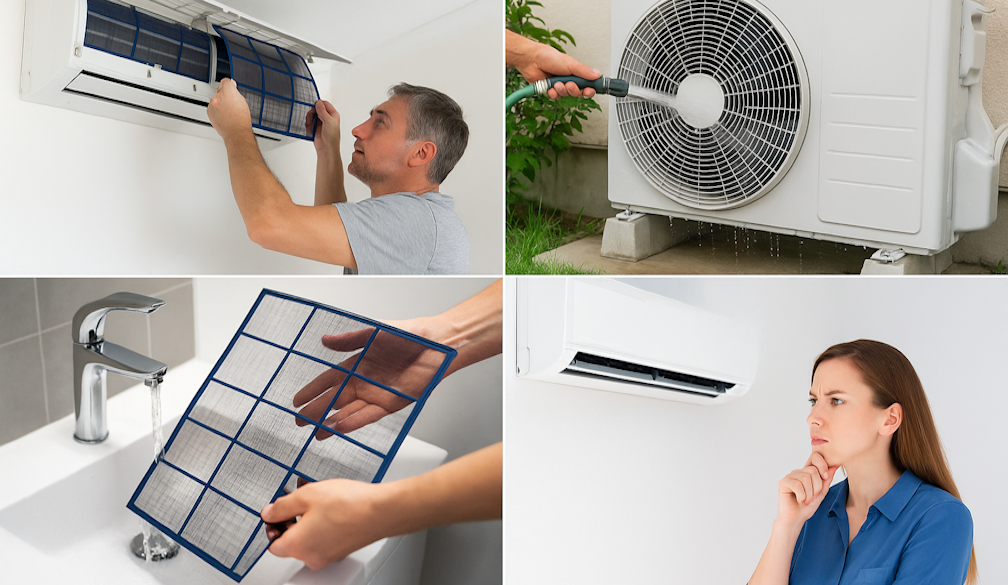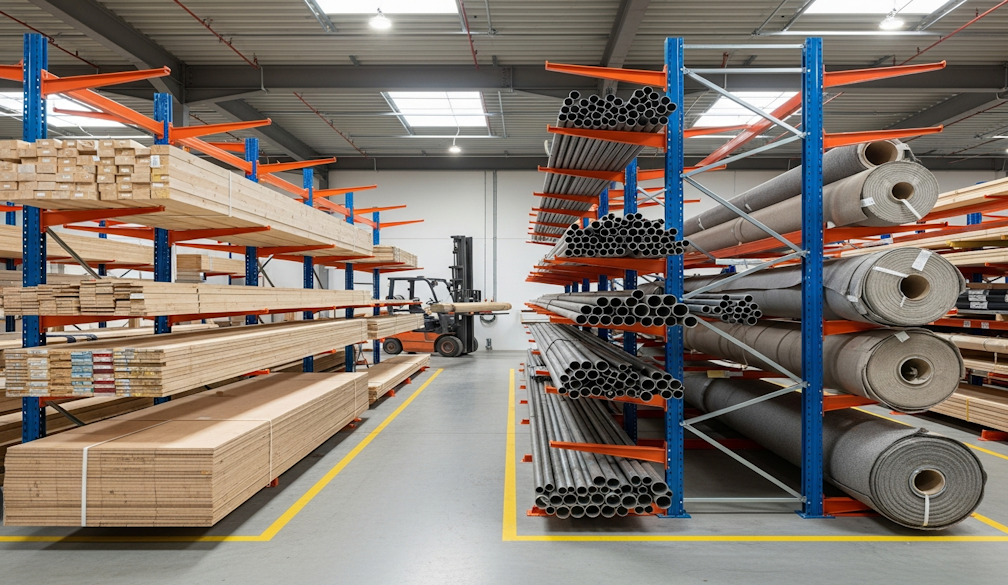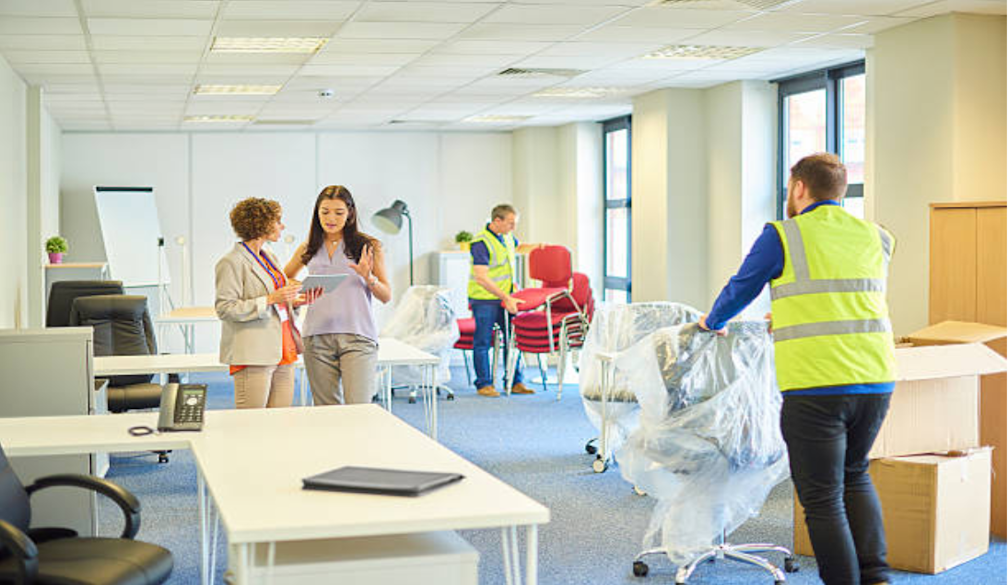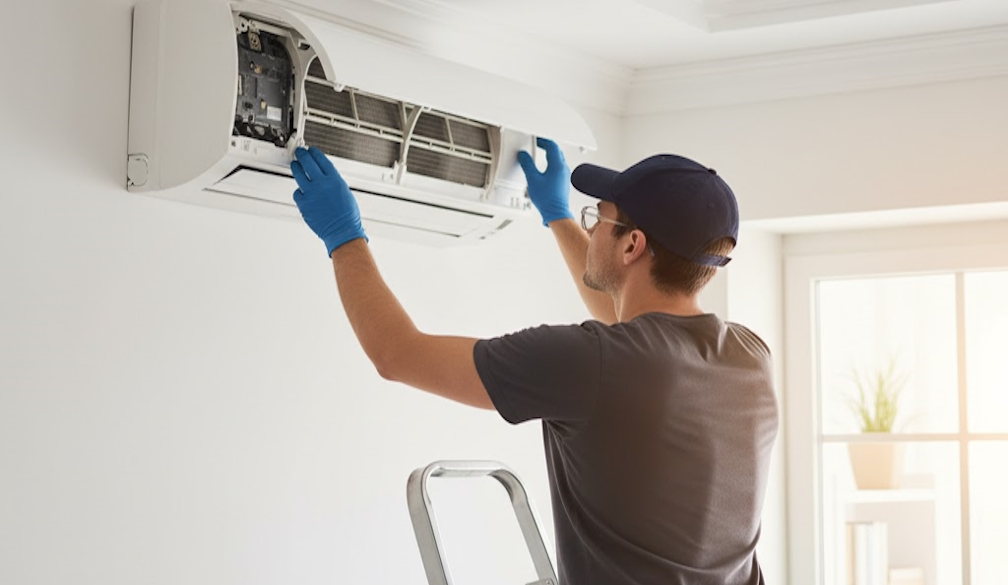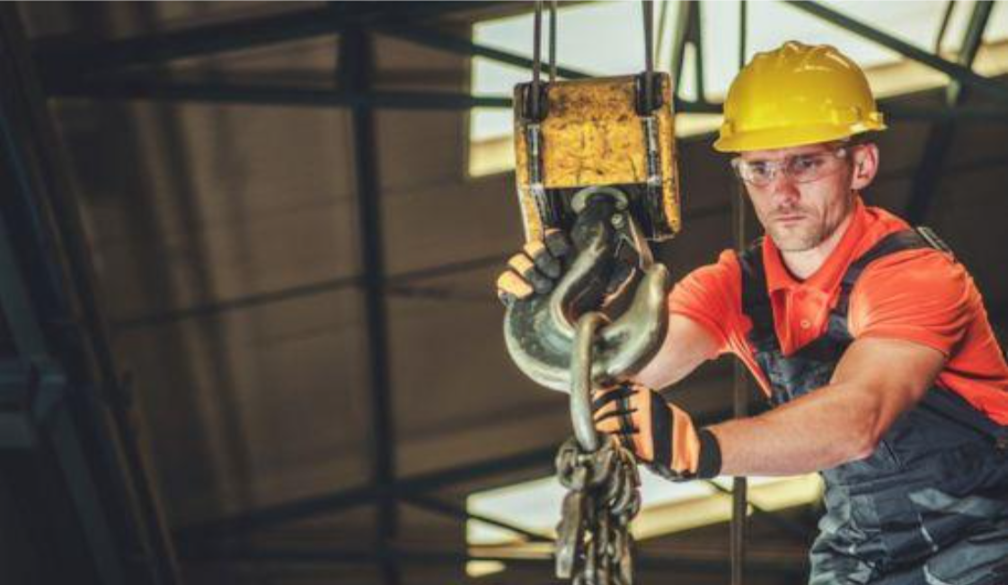Eco-smart Car Removal in Sydney: Practical Steps That Cut Waste and Return Value

Sydney’s ageing cars add up to a serious waste stream, and choosing the right removal service makes a measurable difference. Your decision sends metal, glass, tyres, fluids, and batteries down safer pathways, boosts recycling, and keeps hazardous parts out of landfill. This guide explains what responsible operators do, what you should expect, and how to pick a trustworthy crew.
Why responsible car removal matters
Does one old car make a difference? Yes. Across Australia, about 850,000 vehicles reach end-of-life each year, adding roughly 1.36 million tonnes of waste. Around 70% is currently recovered, so the rest still heads to landfill. A lift in professional dismantling and material recovery would close that gap and reduce illegal dumping.
Choosing a local Sydney car removal operator who follows environmental rules helps on two fronts: safe depollution and higher materials recovery. In NSW, anyone handling, storing, transporting, or processing waste must comply with state legislation and EPA guidance. That includes how liquids are contained, how parts are stored, and which facilities can lawfully receive hazardous components.
What a compliant operator actually does
What happens after the tow truck leaves? The best car disposal Sydney operators follow a clear depollution sequence that protects workers and the environment, then maximise reuse and recycling.
Typical workflow you should expect:
- Verify ownership and cancel registration if relevant; record vehicle details for traceability.
- Remove the battery for safe storage and recycling pathways.
- Drain and store oils, coolant, fuel, brake and transmission fluids in labelled containers for licensed collection.
- Recover refrigerants from air-conditioning systems with approved equipment.
- Remove airbags and other pyrotechnic devices following safe deployment or manufacturer procedures.
- Strip valuable parts for resale, then send the shell to metal recyclers.
Batteries deserve special attention. Only about 10% of Australia’s lithium-ion battery waste was recycled in 2021, while lead-acid battery waste was about 99% recycled. Purposeful collection through car removal services reduces fire risks and ensures batteries reach the right processors.
How the process works for you
The homeowner side is straightforward. You get a quote, supply ID and proof of ownership, agree on a pickup time, and receive payment on collection. Many services offer same-day pickup across Sydney suburbs and surrounding areas. A trusted operator will explain how they transfer the vehicle, how plates and rego are handled, and which documents you keep for your records. The sector is moving toward tighter tracking, including ideas like Certificates of Destruction, so paperwork and traceability are becoming standard practice.
Quick prep checklist before pickup:
- Remove personal items and plates if requested.
- Have keys, photo ID, and any disposal authority handy.
- Clear access for the truck, including height limits in garages or carparks.
- Tell the driver about non-rolling wheels, missing parts, or safety issues.
Price varies with vehicle weight, parts demand, and distance. Heavier vehicles fetch more for scrap steel; cars with wanted components can earn more again. You can improve your quote with accurate details and clear photos that show model variants and any reusable parts.
How to choose a responsible provider
How do you spot a responsible operator, fast? Look for transparency and a clear depollution plan.
A simple screening list:
- Licensing and ABN details are easy to find.
- EPA-aligned practices for fluid capture, battery storage, and tyre handling.
- Clear statement of where parts and materials go after dismantling.
- Upfront quote, no hidden towing or paperwork fees.
- Willing to confirm payment method before arrival.
Ask specific questions. Where do they send refrigerants, oils, and coolants. Which recycler takes the battery. Do they work with accredited tyre recovery partners. NSW rules set expectations for anyone who handles waste, so a quality operator gives straight answers.
If your vehicle is only good for metal value, you still help the system by choosing scrap car removal Sydney that documents the chain of custody and feeds material into reputable shredders and smelters. At scale, that choice supports higher recovery and less landfill, which matches the direction flagged by Australia’s end-of-life vehicle study and future stewardship models.
The environmental payoff
Recovering steel and aluminium cuts energy use compared with virgin production, safe fluid capture protects waterways, and proper battery routing reduces fire risk in transfer stations. End-of-life vehicles will keep growing with the fleet, so household decisions about who collects your car matter more than they may appear.









